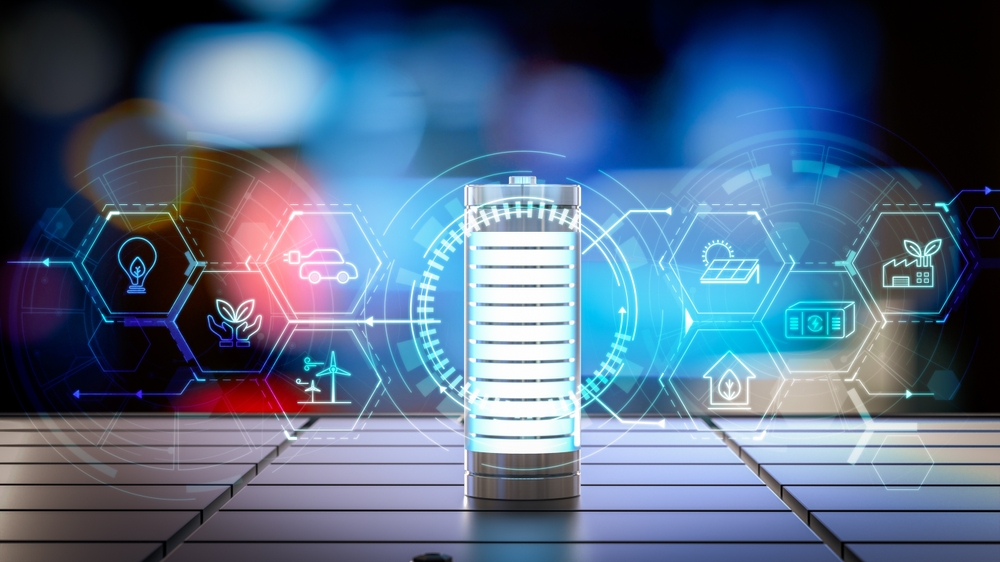
Imagine powering your wearable devices from the energy of a morning jog. Researchers at the University of Surrey have developed groundbreaking flexible nanogenerators with a power density that is 140 times higher than conventional designs. This innovative technology has the potential to challenge solar panels in terms of energy efficiency, bringing us closer to a future where everyday movements generate the electricity we need.
Game-Changing Power Generation Technology
The Surrey Advanced Technology Institute (ATI) has revealed that its nanogenerators can convert small amounts of mechanical energy, like movement or vibrations, into significantly larger quantities of electricity. While traditional nanogenerators typically produce around 10 milliwatts of power, the new devices can generate over 1,000 milliwatts, making them ideal for applications ranging from wearable devices to off-grid sensors.
According to the research published in Nano Energy, this innovation uses a method called the charge regeneration effect, likened to a relay race. Instead of a single electrode passing along the energy it collects, multiple “runners” (electrodes) in the nanogenerator work together, passing the energy along and increasing its magnitude, similar to how sound is amplified in an electronic system.
Lead Researcher Envisions Energy Harvesting from Daily Movements
Dr. Delavar Hussain, the study’s lead author, described the exciting potential of the technology: “Our dream is to capture and use the energy from everyday movements—like jogging, ocean waves, or simply opening a door. This small, high-density energy-harvesting device could one day rival solar panels in power generation and be used to fuel everything from off-grid sensors to battery-free smart home systems.”
The nanogenerator is a triboelectric nanogenerator (TENG), which works by utilizing materials that become electrically charged when they come into contact and then separate—much like static electricity that causes a balloon to stick to your hair. By capturing the energy of these interactions, TENG devices can transform everyday mechanical actions into usable electricity.
Future Applications and Scalability
Dr. Bhaskar Dudem, a co-author of the study, highlighted plans to commercialize this technology, starting with autonomous sensors for healthcare applications. These sensors, powered by triboelectric technology, are part of a broader initiative to develop sustainable, self-powered systems for the growing Internet of Things (IoT) market.
As Professor Ravi Silva, Director of the ATI, pointed out: “With over 50 billion IoT devices expected to be in use in the near future, there is an urgent need for sustainable energy solutions. Our nanogenerators could offer a green, wireless way to harness mechanical energy to power these devices, addressing global energy challenges.”
A Green Revolution in Energy Harvesting
This development could pave the way for energy-efficient, IoT-powered systems, autonomous wireless operations, and even advanced healthcare applications, like assisting dementia patients with smart monitoring systems. The research team at Surrey is optimistic about the potential of this technology to revolutionize energy harvesting and provide sustainable solutions for a wide array of industries.
For further details, you can explore the full article on Tech Xplore.

 Get in Touch
Get in Touch 


